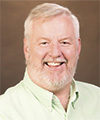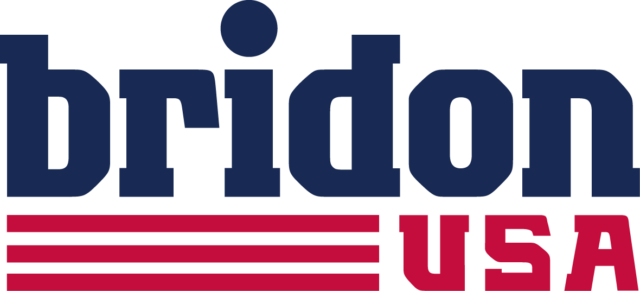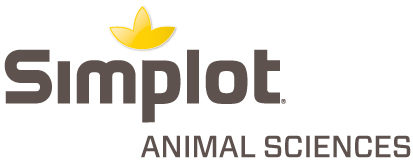Total 2015 beef production in the U.S. is expected to decrease about 2.5 percent year over year from 2014 and would be the lowest annual beef production in the U.S since 1993. However, herd expansion, which began in 2014, is continuing in 2015 and means that beef production will begin increasing, perhaps 3 to 4 percent year over year, in 2016.
The slight increase in the 2014 calf crop has been mostly offset by increased heifer retention and fewer Mexican and Canadian feeder cattle imports in 2015. The July 1 estimate of feeder supplies was up 1.8 percent year over year. Good forage conditions may be keeping some feeder cattle on pastures longer this year. Feeder supplies are growing, but rather slowly at the current time.
In any event, the supply of cattle in feedlots has not yet begun to increase. October feedlot placements reported in the latest Cattle on Feed report were down 3.7 percent from one year ago. This is the fourth consecutive month of year-over-year decreases in feedlot placements, and in fact, monthly placements have been below year-earlier levels in 11 of the past 13 months. In the past six months, total feedlot placements are 452,000-head less than the same period in 2014. While feedlot placements are expected to begin increasing in the coming months, it is clear that feedlot numbers will remain tight through the first half of 2016.
The expected increase in beef production has gotten a jump-start in the last part of 2015. Delayed feedlot marketing this summer led to excessively heavy carcass weights and a market purge of heavy cattle in September and October. Much of the situation involved steer slaughter, which was down 3.4 percent for the year through mid-September but has been up 7.8 percent year over year for the past eight weeks. Total cattle slaughter, down 5.7 percent for the year to date, was down less than 1 percent year over year in the past eight weeks. The good news is that this jump in steer slaughter seems to have corrected much of the backlog of heavy cattle. Steer carcass weights, which peaked at a record 930 pounds in mid-October, have decreased since, though the latest data showed a 1-pound increase to 921 pounds from a week earlier.
Heifer carcass weights have also dropped in the past three weeks of data from a record level of 849 pounds to 845 pounds. Heifer slaughter continues well below year-ago levels and, in fact, was down even more since September, pulling the year-to-date heifer slaughter down 13.6 percent year over year from 2014.
The bad news is that cleaning up the backlog of heavy cattle dumped a lot of beef into the market that will be a factor for the remainder of the year. For the year to date through mid-September, beef production was down 3.8 percent. In the past nine weeks, beef production has been up 2.1 percent year over year for the period. Though beef movement through wholesale and retail markets appears to be pretty good, it takes time and lower prices to move the bulge of beef through the market.
There is reason to be optimistic about fed cattle markets in early 2016. Feedlot placements indicate that overall numbers will not be a problem in the first half of the year. However, feedlots are still struggling with poor margins and still have an incentive to push weights. Hopefully, the lessons from last fall about the consequences of pushing weights too far are still top of mind. Winter weather may help impose some discipline on cattle weights as well. In addition, the recent adjustments down in feeder prices should encourage feedlots to move heavy cattle and replace them on a more timely basis.
The beef market is expected to transition to increased beef production each quarter of 2016 on a year-over-year basis. While this implies growing supply pressure and erosion of prices over time, a return to a more measured throughput of cattle in feedlots, along with moderate carcass weights, suggests that modest price pressure and more stability in fed cattle markets is possible, though certainly not guaranteed, in 2016. ![]()
Derrell S. Peel is an Oklahoma State University Extension livestock marketing specialist. This originally appeared in the Nov. 23, 2015, OSU Cow/Calf Corner newsletter.









